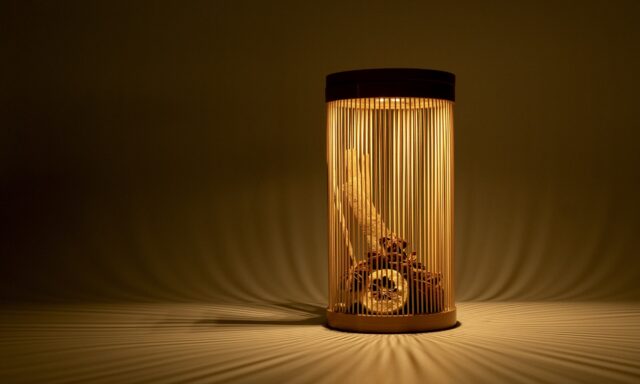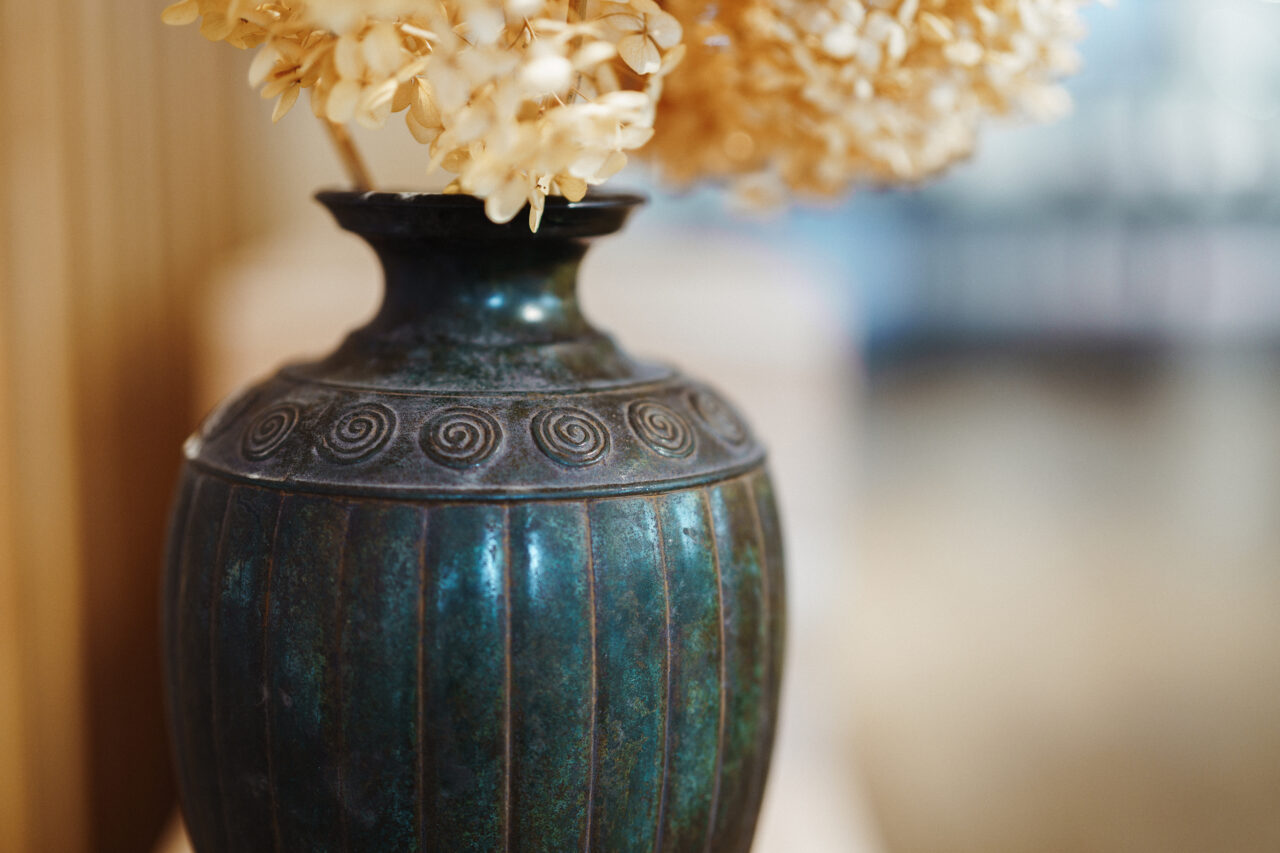Newly Launched “Yakiiro” Chopstick Rest by MIYAMA
New Products VOL.19
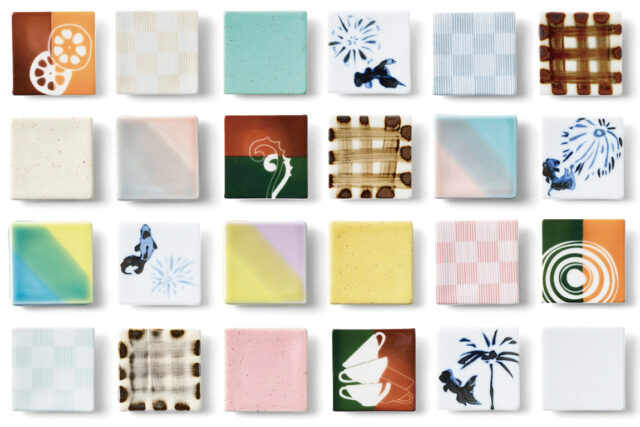

VOL.1-19
Update

VOL.1-27
Update

VOL.1-4
Update
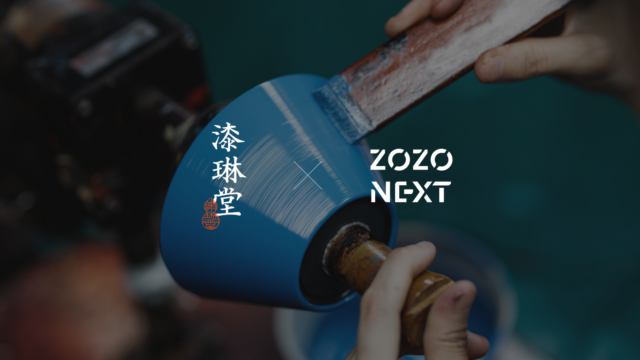
VOL.1-19
Update
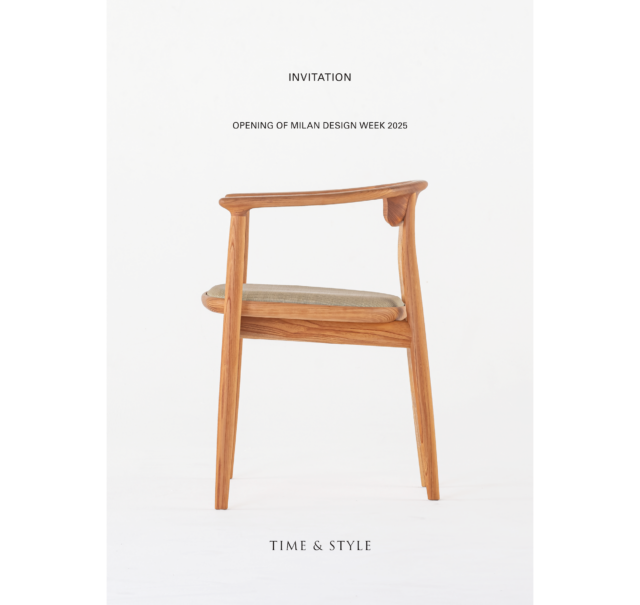
VOL.1-43
Update
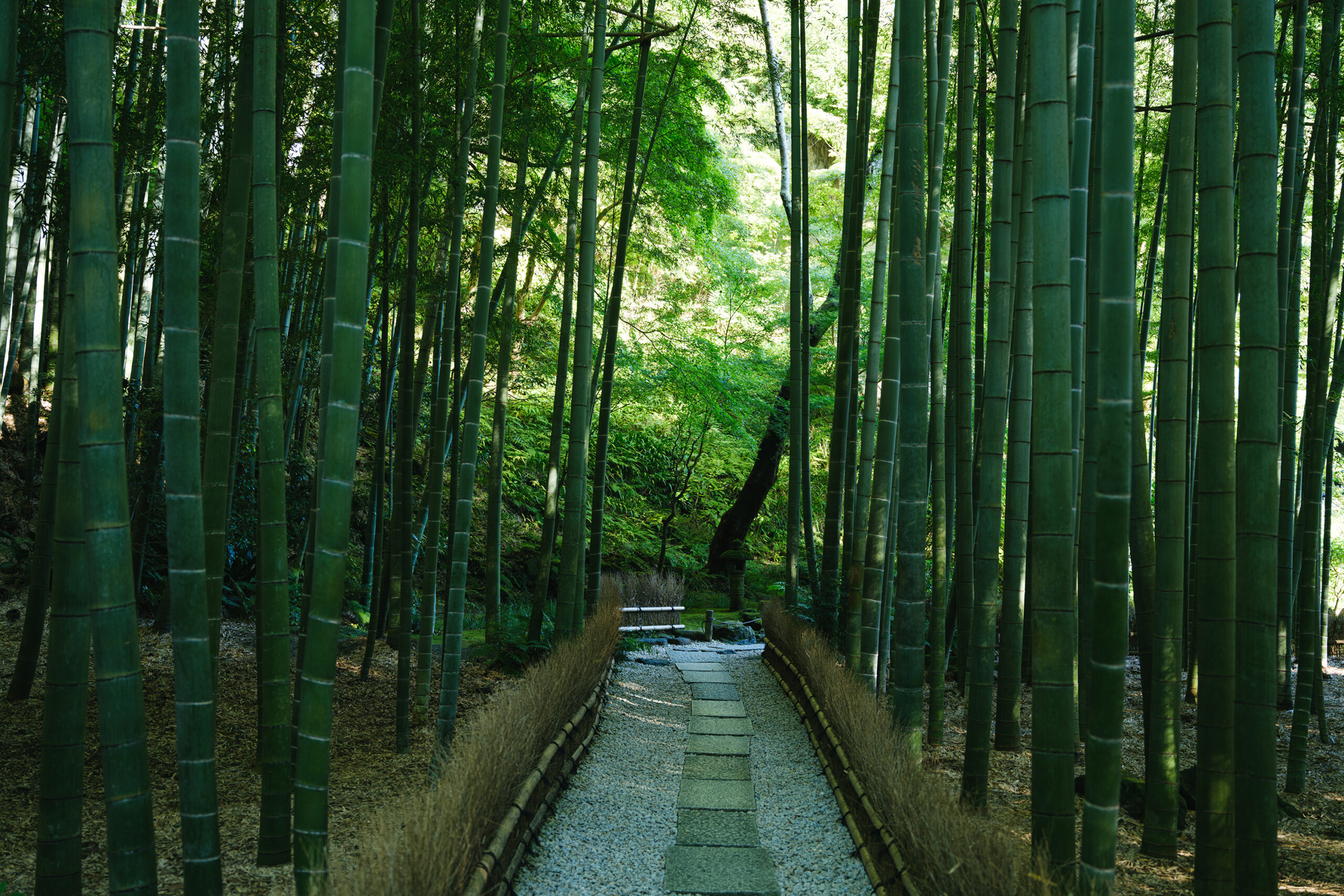
VOL.1-2
Update
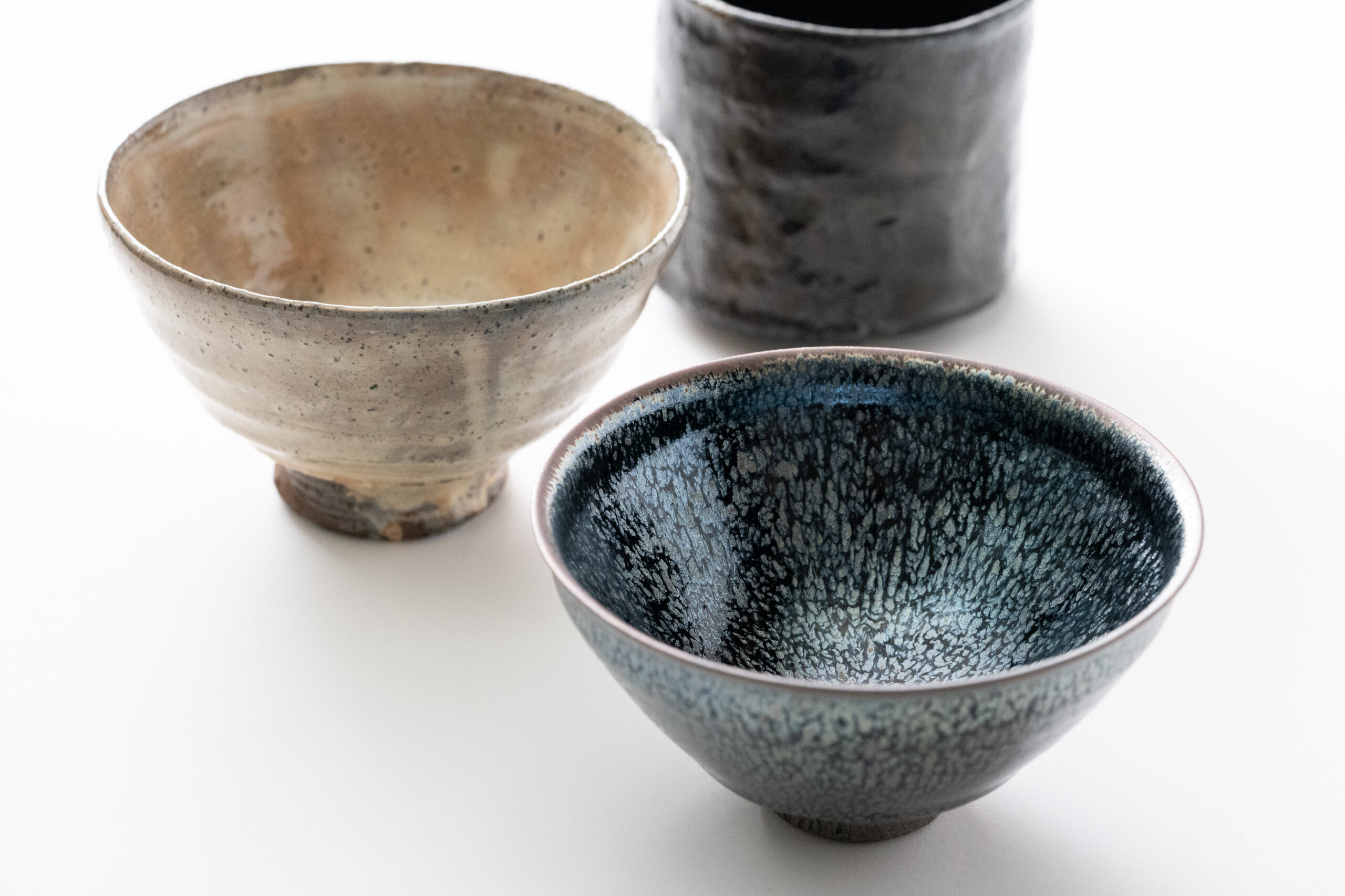
VOL.1-3
Update

VOL.1
Update

VOL.1-7
Update
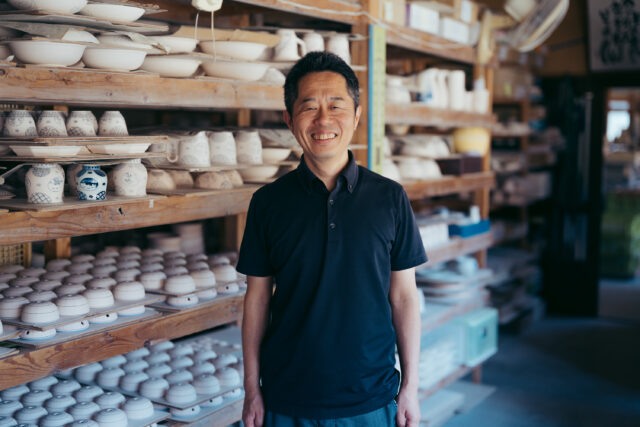
VOL.1-32
Update
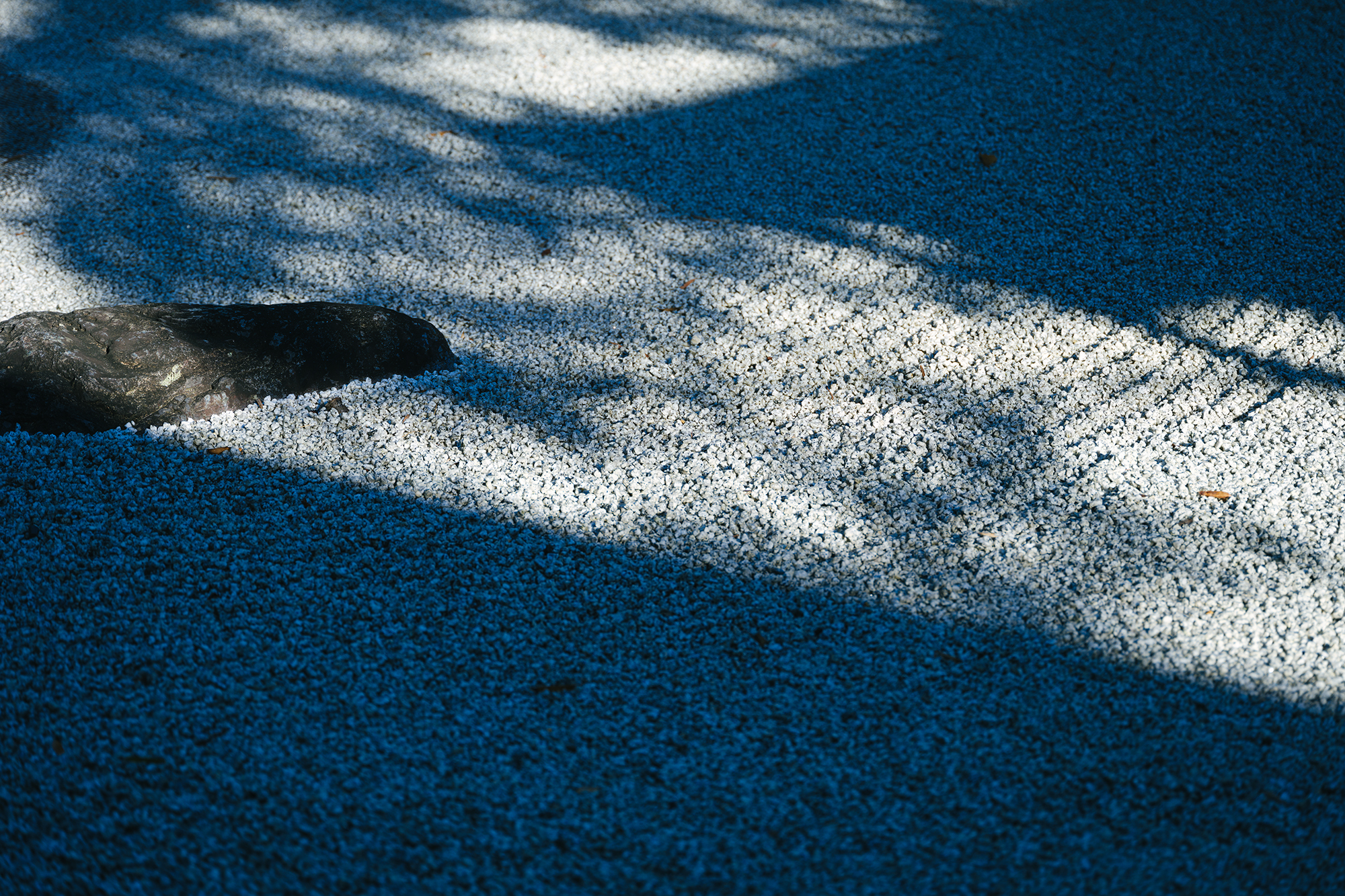
VOL.1-12
Update
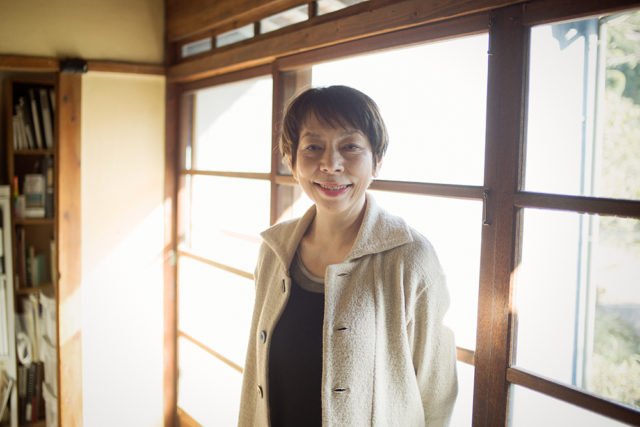
VOL.1
Update
We share a variety of information and perspectives on Japanese crafts, including exhibition information and interviews.
New Products VOL.19
Exhibition • Event Report VOL.27 AD
New Products VOL.18
Editor's Column "Craft Production Regions" VOL.4 AD
Jun 26 – Jul 2, 2025
KAKIDEN GALLERY
Jun 28 – Jul 6, 2025
PAKUPAKUAN
Jun 28 – Sep 28, 2025
Museum of Modern Ceramic Art, Gifu
Jun 29 – Sep 7, 2025
Midorigaoka Art Museum Annex

The Mingei movement was a lifestyle and cultural movement that took place during the Taisho (1912-1926) and early Showa periods (1926-1989). It was advocated by figures such as Soetsu Yanagi, Kanjiro Kawai, and Shoji Hamada. Known as the “father of the Mingei movement,” Soetsu Yanagi held extensive knowledge of Western modern art. However, he turned his attention to Eastern philosophy and, subsequently, Japanese crafts, recognizing the potential of crafts created by the people, for the people. He believed that crafts should not compete for an aesthetic appreciation reserved for a select few, but rather should be utilized by the masses in their daily lives. It is in this context that the beauty of craftsmanship truly resides.
Mingei was a way of perceiving the beauty of craftsmanship based on the division of specialized work in the crafts of that era, and it is no longer directly applicable to today’s crafts, where there is a growing shortage of craftspeople and where one craftsman often handles multiple tasks. However, the essence of Mingei, which emphasizes crafts as creations by the people, for the people, touches upon the importance of local lifestyles and environments throughout Japan. It remains an important perspective when discussing the charm of Japan even today.
The term “functional beauty” is similar to the term “beauty of everyday things.” This term is common in other countries as well, and is often used especially in relation to architecture and industrial products. Its core idea is that when function is prioritized and decorative elements stripped away, the inherent natural beauty of a thing is revealed.
If we consider the differences between these two, “functional beauty” refers to the inherent beauty found within the object itself, whereas “beauty of everyday things” goes beyond the mere existence of the object, incorporating the beauty of how people interact with and use it. In this respect, the term “beauty of everyday things” can be said to be an aesthetic sense that is found in everyday life and is nurtured by the user. Moreover, it emphasizes the importance of daily use over the long-term, with Soetsu Yanagi stating that crafts should be sturdy. This durability is not necessarily encompassed within the definition of functional beauty, and can be seen as a significant characteristic unique to Yo-no-bi.
In this day and age, it must be said that the importance of using tools with one’s hands is diminishing. With robot vacuum cleaners and voice input, one might even think that people’s pursuit of convenience today is focused on how we can live without using our hands. Furthermore, with everything connected to the Internet, the boundary between the virtual and the real may disappear in the near future. And as AI, autonomous driving, and the like become increasingly common in our daily lives, one wonders where our way of life is headed.
The phrase “beauty of everyday things” has indeed been closely associated with the concept of Mingei. However, it is an perspective on beauty that should be handed down to every generation as long as people continue to use tools in their lives. It remains the essence of the beauty of craftsmanship, while also serving as a guide to the role of crafts in our future.
Photo by Takuma Suda
References
– Yanagi, Soetsu. The Beauty of Everyday Things. (Penguin Classics, Translation edition [October 8, 2019])
– Yanagi, Soetsu. The Unknown Craftsman. (Kodansha International, 1980)
